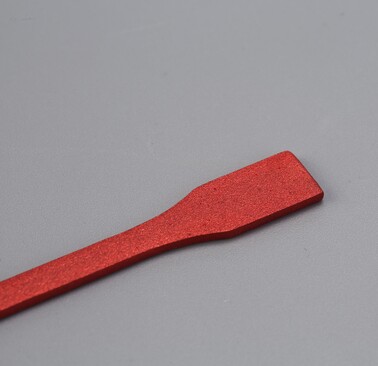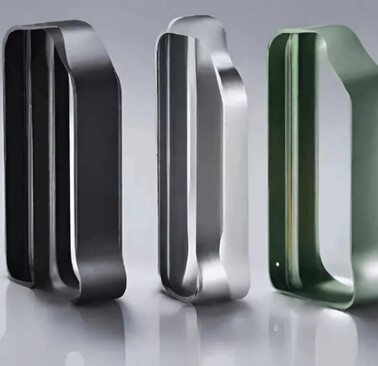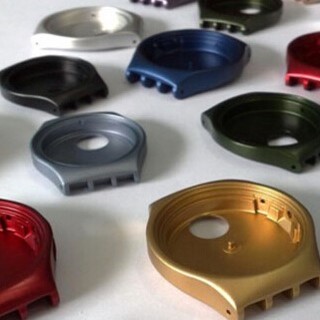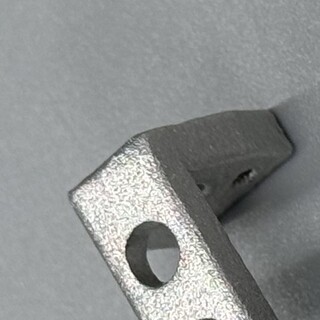What is anodizing?
Anodizing is an electrochemical process that enhances the surface properties of metal parts by forming a durable, corrosion-resistant oxide layer.
Anodizing involves immersing the metal, typically aluminum, in an electrolyte bath and applying an electric current, which causes the metal to form the anode of an electrolytic cell.
The resulting anodized layer improves the wear, corrosion, and chemical resistance of 3D printed metals and can also be dyed to achieve a variety of colors for aesthetic purposes.

















